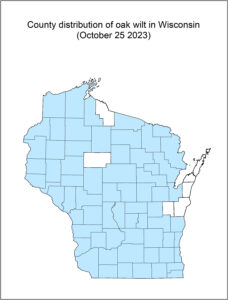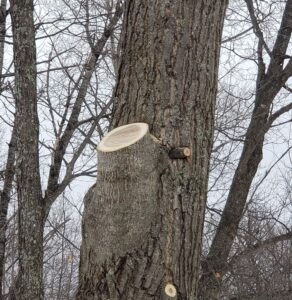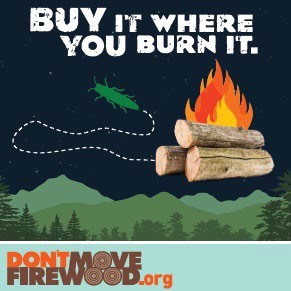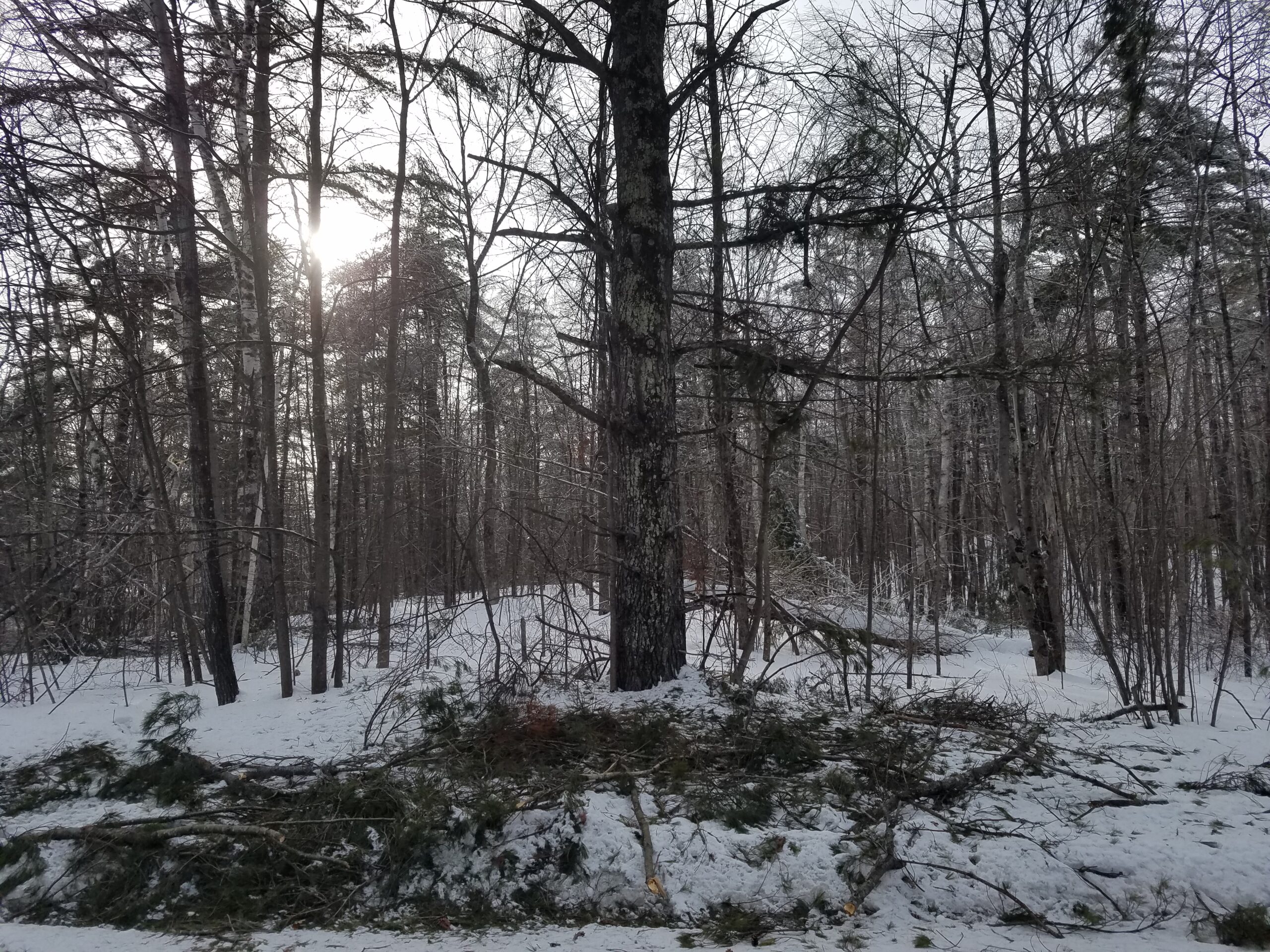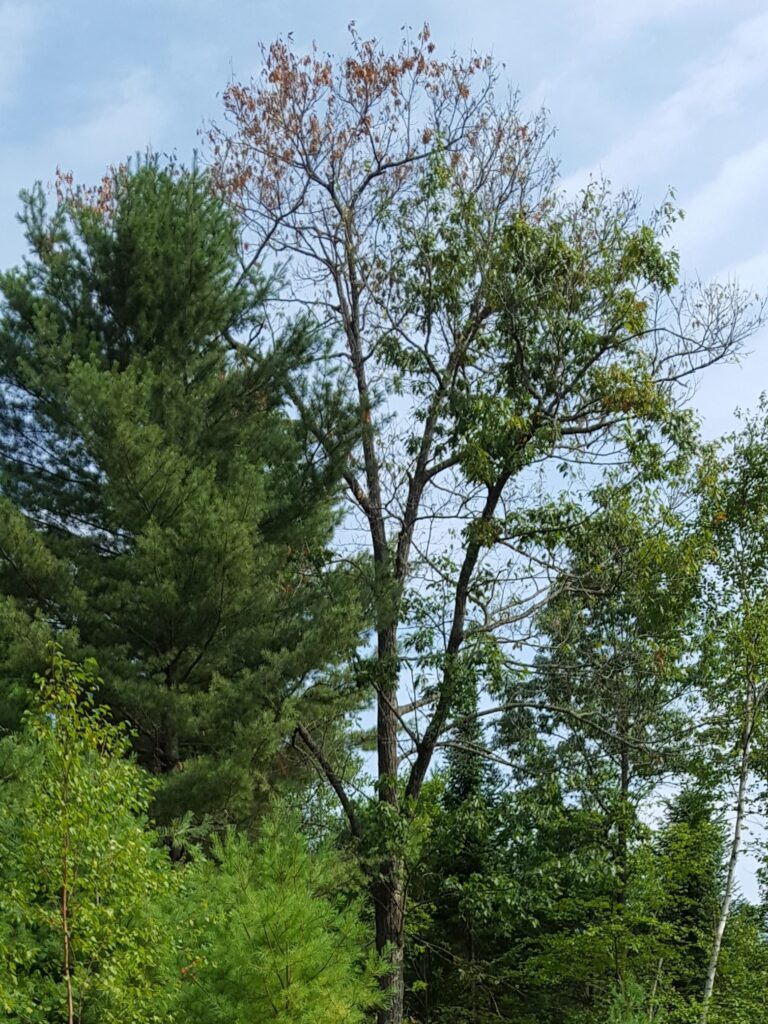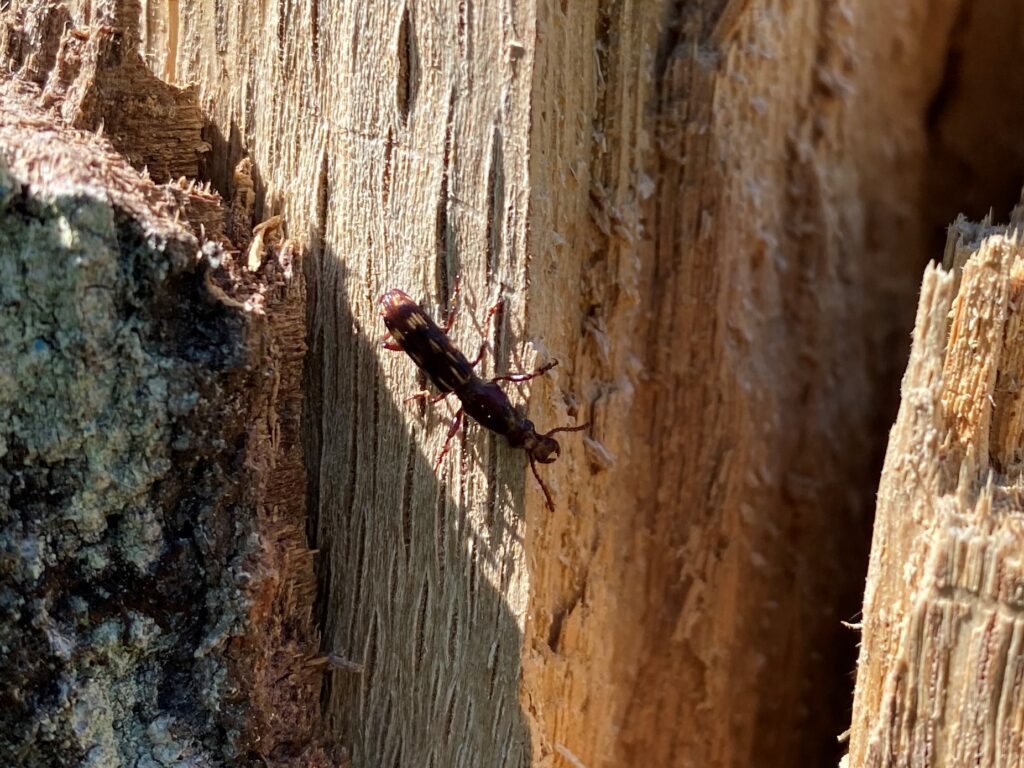By Meg Sanders, Wisconsin Department of Agriculture, Trade and Consumer Protection;
MeganT.Sanders@wisconsin.gov or 715-891-8158
The state Department of Agriculture, Trade and Consumer Protection (DATCP) works with the U.S. Department of Agriculture Animal and Plant Health Inspection Service (USDA-APHIS) to enforce a spongy moth quarantine in Wisconsin, with the goal of limiting the spread of the spongy moth to new, uninfested areas.
The quarantine now covers 53 of Wisconsin’s 72 counties. The quarantine regulates woody nursery stock, Christmas trees, firewood, logs and outdoor household items. Quarantine regulations apply to businesses and private citizens.

